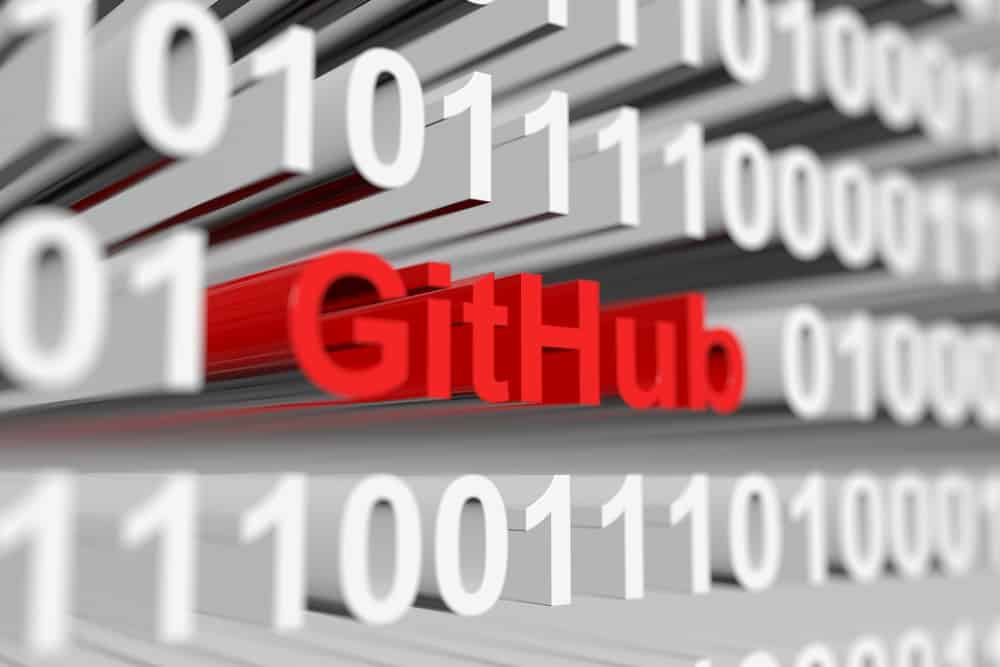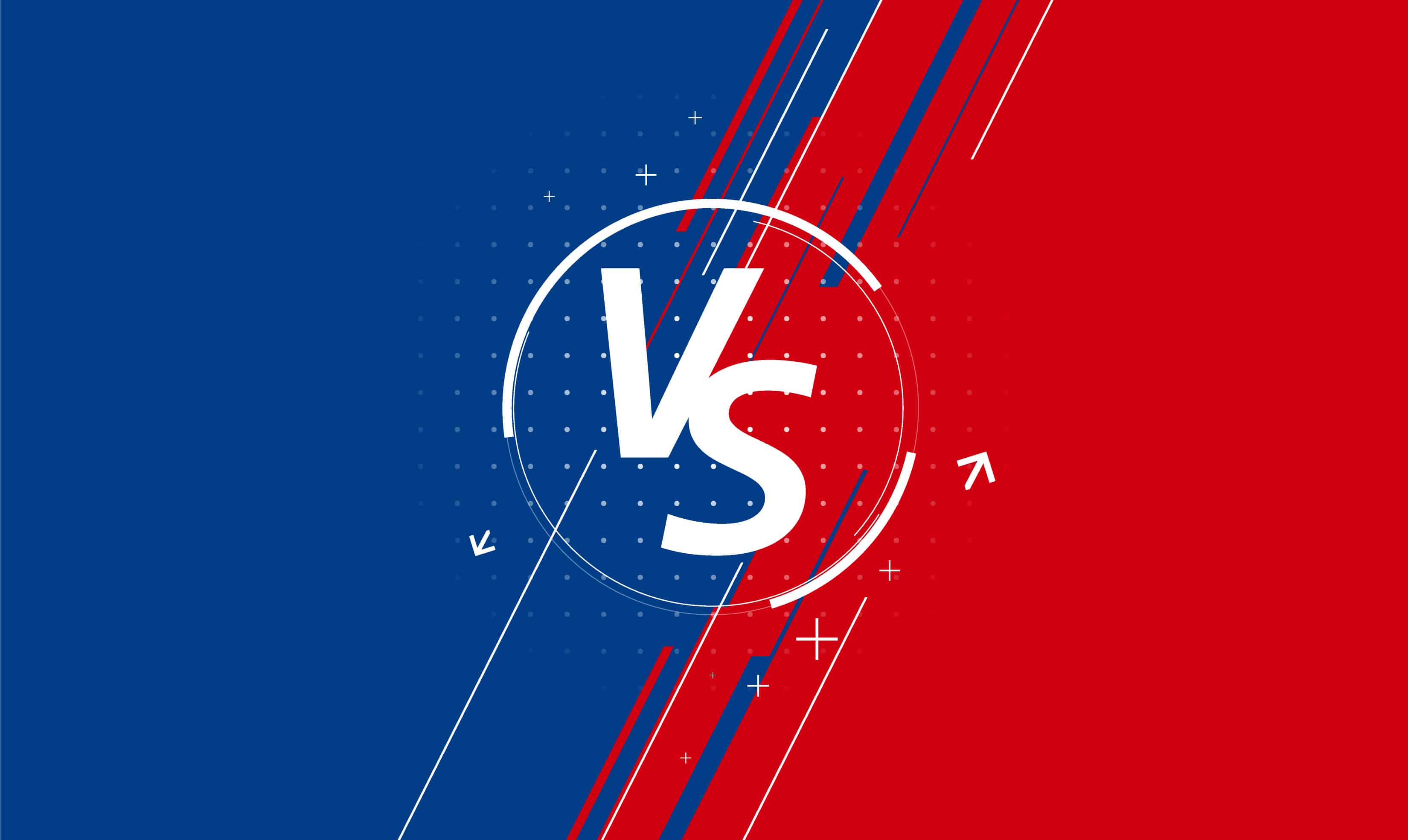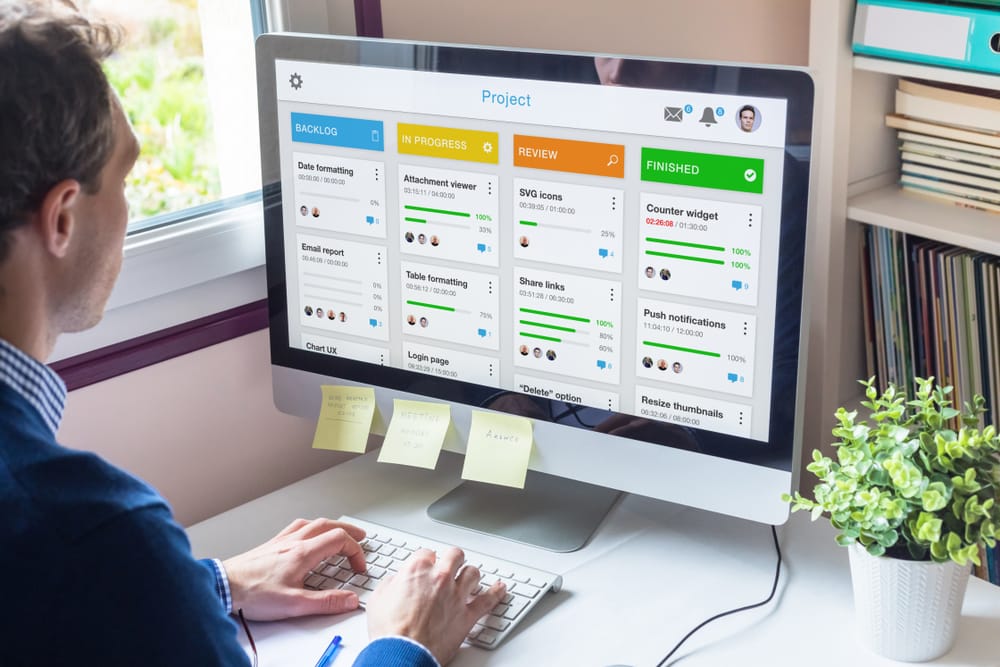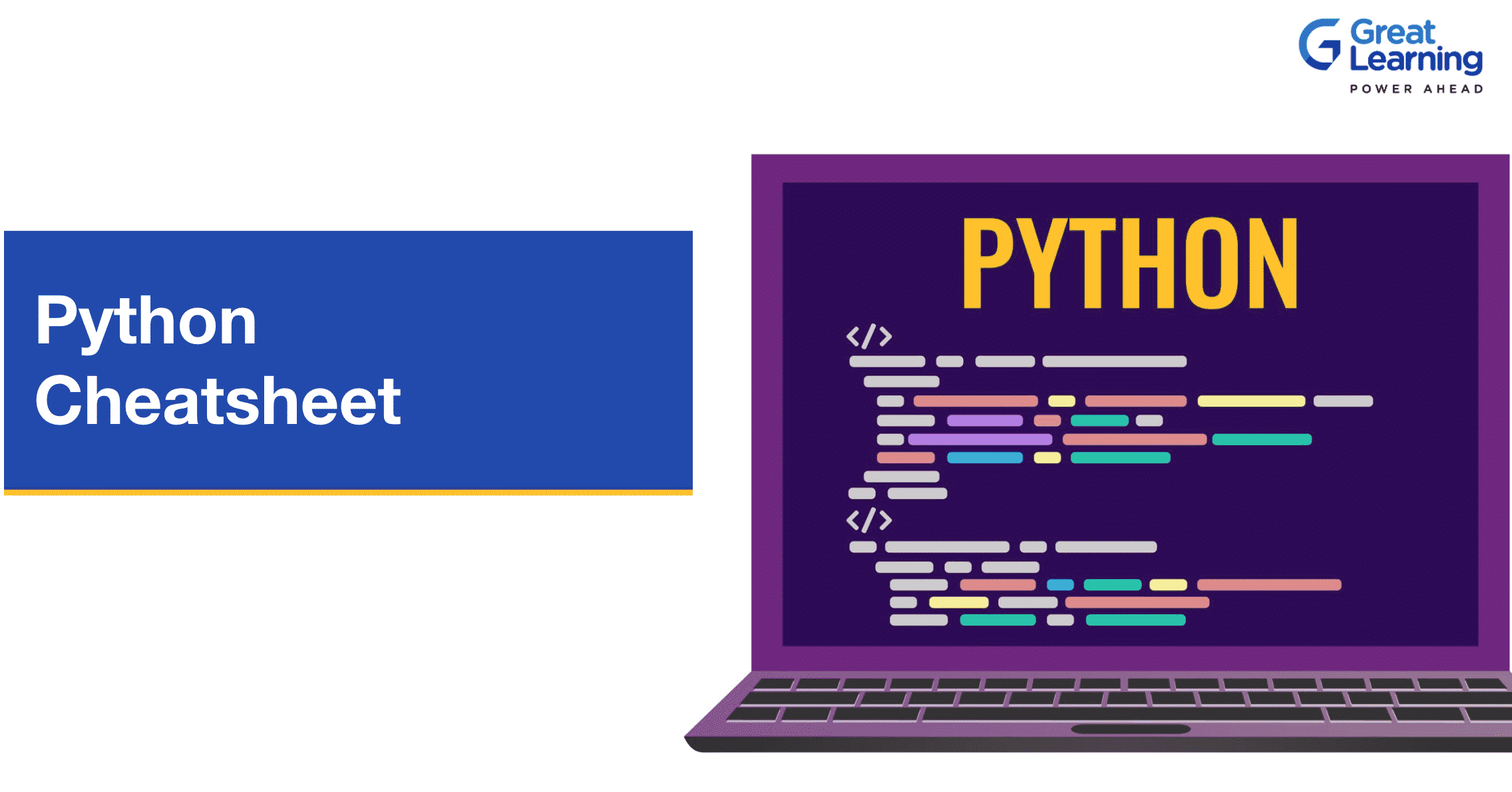- Introduction
- What Is Bitcoin?
- What Is Blockchain?
- Three Concepts Of Blockchain
- What Is Bitcoin Mining In Blockchain?
- How Does Bitcoin Mining Work
- The Mining Requirements
- What Are Mining Pools?
- The Mining Process
- Prevention of Hacking
- Why Mine Bitcoin?
- Is Bitcoin Mining Profitable?
- What Does It Take to Run a Profitable Bitcoin Mining Venture?
- A Pickaxe Strategy for Bitcoin Mining
- Is Bitcoin Mining Legal?
- Risks and Limitations
- Pooling Resources for Bitcoin Mining
- Conclusion
- Introduction
- What Is Bitcoin?
- What Is Blockchain?
- Three Concepts Of Blockchain
- What Is Bitcoin Mining In Blockchain?
- How Does Bitcoin Mining Work
- The Mining Requirements
- What Are Mining Pools?
- The Mining Process
- Prevention of Hacking
- Why Mine Bitcoin?
- Is Bitcoin Mining Profitable?
- What Does It Take to Run a Profitable Bitcoin Mining Venture?
- A Pickaxe Strategy for Bitcoin Mining
- Is Bitcoin Mining Legal?
- Risks and Limitations
- Pooling Resources for Bitcoin Mining
- Conclusion
Introduction
Before going to understand the above question in detail, let’s have a look at these questions first, what is Bitcoin, How is Bitcoin mined,How Does it Work, Mining Hardware, and more. To understand this topic, we need to go through the basics first. So, without any delay, let’s come to the point.
By the end of March 2022, the value of Bitcoin hit $43,394.80 on the exchange market. This value is an indication of good news for cryptocurrency. Over the years, due to a growing interest in the Bitcoin currency, its value has grown to resemble that of gold.
The future is bright for Bitcoin miners and enthusiasts. It’s a potentially rewarding enterprise for anyone who wants to pursue it. Therefore, let’s first pay some time learning the basics of Bitcoin mining.
In brief
- The blockchain ledger keeps growing as all transactions taking place in the network are constantly added to it.
- These transactions in the network are grouped into blocks that are linked together to form a chain of blocks, and this chain of blocks is known as a blockchain.
- All transactions on Blockchain are stored in chronological order, marked by timestamps and hash functions.
- With this unique technique, records stored in the blockchain network are permanent and immutable.
There are three ways for bitcoin miners to acquire bitcoins. These are:
a) Bitcoins can be purchased on the exchange market
b) Acceptance of bitcoin in exchange for goods and services
c) Mining new bitcoins
Perhaps Bitcoin mining is the most exciting option amongst all three options available as it sends miners on a path to discovery. There is a caveat. Generally, Bitcoin mining is quite taxing because very high computing power is required to solve complex mathematical equations to verify transactions and add them to the blockchain digital ledger.
What Is Bitcoin?
Bitcoin (BTC) is an open-source digital currency. It is believed that it was introduced by the developer Satoshi Nakamoto in 2009.
But in reality, who created Bitcoin is still a mystery and a question for research for all people around the world who are interested to know this. Some people around the world take the name Satoshi Nakamoto as its creator, but they are still confused. Who is this person? This secret is not yet revealed. Is this the name of just one person, or is it a group?
However, during an interview in the latest podcast, Elon Musk, citing some theories, expressed speculation that Satoshi Nakamoto could be cryptocurrency expert Nick Szabo.
Let’s leave apart all these we come to the main points. Bitcoin is the first decentralized digital currency, launched on 3 Jan 2009, that allows peer-to-peer transfers using the underlying technology of blockchain. The important thing is that there are no intermediaries such as banks, governments, agents, or brokers for its operation.
Bitcoins can be transferred by one person to another person via a network around the world regardless of geographic location. For this, you need to open an account on the Bitcoin network, have some Bitcoins in it, and then you can transfer Bitcoins as per the requirement.
To have Bitcoins in your account, either you are required to purchase them online, or you can mine them.
Bitcoin is used for online purchases and as an investment instrument. Mainly it’s used to buy goods and services.
Bitcoin Advantages
On the Bitcoin network, transferring of assets is much faster as compared to traditional fiat currencies. Since the system is decentralized and there are no intermediaries, therefore, the transaction fees of the system are low. The system is cryptographically secure, which means the identities of the sender and the receiver are kept hidden, and it is not possible to counterfeit or hack the transactions. In addition, a public ledger is maintained for all the transactions so that anyone can view the transactions.
What Is Blockchain?
Blockchain is the underlying technology of Bitcoin. Blockchain is a public distributed ledger in which all transactions are entered in chronological order. Any record or transaction entry made to the blockchain cannot be modified or altered further, showing that transactions are safe from hacking. A block is the smallest unit of a blockchain, like a container that holds all the transaction details. A block contains four fields or primary attributes:
Previous hash: The value of the hash of the previous block is stored in this attribute, and like this, the blocks are linked to one another.
Data: In this block, the aggregated set of transactions is included, which means the set of transactions that were mined and validated, is included in the block.
Nonce: In a “proof of work” consensus algorithm, which bitcoin uses. The nonce is a random value that is used to vary the output of the hash value.
Every block generates a hash value, and the nonce is the parameter that is used to generate that hash value. In Blockchain, transaction verification is done by a process which is known as “The proof of work.”
Hash: This value is obtained by passing the previous hash value, the data, and the nonce through the SHA-256 (Secure Hash Algorithm-256); it is the digital signature of the block. SHA-256 (Secure Hash Algorithm-256) is a cryptographic hash algorithm. Its function is to produce a unique 256-bit alphanumeric hash value for any given input, and this is the unique feature of this cryptographic algorithm. If you give any input, it will always produce a 256-bit hash.
Three Concepts Of Blockchain
To understand bitcoin mining, it is essential for you to first understand the three major concepts of blockchain.
1. Public distributed ledger
A record of all transactions made on a Blockchain network across the globe is maintained in a public distributed ledger. In the network, the validation of transactions is done by bitcoin users.
2. SHA-256 (Secure Hash Algorithm-256)
SHA-256 is considered one of the most secure hashing functions available on the market. It is a type of patented cryptographic hash function, Published in 2001. It is used by government agencies in many countries to protect certain sensitive information from unauthorized access.
By using SHA-256, Blockchain ensures that the blocks are secured, and any unauthorized access to them is impossible. The blocks contain digital signatures. Their hash value can not be altered once it is generated.
SHA-256 takes an input string of any size and gives an output of a fixed 256-bit, and this is a one-way function. One cannot derive the reverse of the input fully from the generated output.
For example, the function of SHA-256 is to transform a 512-bit string into a 256-bit string, but it is impossible to convert the obtained 256-bit output back into the original 512-bit string.
3. Proof of work
Proof of work (PoW) is a method of adding new blocks of transactions to the blockchain of a cryptocurrency. In this case, the work is to generate a hash which is a long string of characters that matches the target hash for the current block.
It is a difficult mathematical puzzle that Blockchain miners are required to solve to validate transactions. To do it, determining the nonce value is the primary objective of the miner, and that nonce value is the mathematical puzzle that miners are required to solve to generate a hash that is less than the target defined by the network for a particular block.
What Is Bitcoin Mining In Blockchain?
Bitcoin mining can be defined as the process by which Bitcoin transactions are validated digitally on the Bitcoin network, makes them trustworthy, and then added to the blockchain ledger.
This process involves solving complex cryptographic hash puzzles to verify blocks of transactions that are updated on the decentralized blockchain ledger.
Powerful computing power and sophisticated equipment are required to solve these puzzles.
The first bitcoin miner to solve the puzzle is rewarded with a bitcoin, which is released later into circulation hence the name Bitcoin mining.
Bitcoin vs. Traditional Currencies
Both the currencies, Bitcoin and traditional currency are similar in terms of store value, but they differ from each other in many other ways.
Firstly, Bitcoin is the first and most recognized cryptocurrency. Cryptocurrency means a digital currency that is secured by cryptography. At the same time, the traditional currency is referred to as fiat money. It is a regulated currency that is issued by the government of a country.
Some more specific differences between Bitcoin and traditional currencies are illustrated in the table below:
Tangibility
Bitcoin is a virtual currency and used in its digital form only, whereas Traditional currency is a physical currency that exists in the form of notes and coins. However, this can be used in both physical and digital forms.
Regulation
Bitcoin is issued through mining and controlled by a decentralized distributed network of computers, whereas Traditional currency is issued and controlled by central government authorities such as central banks, and because of this, the traditional currency is the legal tender in the country governed by the issuing authority.
Governance
Bitcoin is governed by a consensus mechanism in which the majority rules, whereas Traditional currency is purely governed by the central bank of a country.
Value
The value of Bitcoin is backed by the trust of its users. Its stability depends upon the number of users means the more users are willing to transact with Bitcoin, the more stable it becomes, whereas the value of a traditional currency is determined by forces of supply and demand, and therefore, it is vulnerable to inflation.
Supply
Bitcoin is capped at 21 million bitcoin, whereas There is no supply limit for Fiat currency.
Validation of transactions
Bitcoin transactions are validated by using blockchain technology and do not require an intermediary for validation, whereas, in the case of Traditional currency, an intermediary such as a bank or a payment provider is involved.
Transaction Fees
Bitcoin transaction fees are minimal or no associated fees because intermediaries have been eliminated, whereas Transactions of traditional currency attract considerable charges, and this decides by a bank policy.
Transaction time and speed
A Bitcoin transaction is always instantaneous; however, it greatly relies only on the network speed, whereas the Transaction of Traditional currency takes time because it depends on various factors, like the verification process before they reflect on the system and network speed.
Security
By using the concepts of decentralization, cryptography, and consensus, Bitcoin transactions guarantee a secure network and security, whereas Transaction of Traditional currency is Less secure as sometimes they may be affected negatively by fluctuations in government policies.
Reversals
Bitcoin transactions don’t have any provision for charged back, reversed, or cancelled, whereas, in Traditional currency transactions, provisions are there for chargebacks, reversals, and cancellations.
How Does Bitcoin Mining Work
Public Distributed Network, POW, The 64-Digit Hexadecimal Number (SHA-256 Algorithm)
Blockchain is a decentralized peer-to-peer network that has been considered highly secure and transparent. Therefore it is trustworthy. This is because all transaction records in the blockchain network are secured using timestamps and cryptographic hash functions. After being added to the ledger, it is impossible and impractical for anyone to alter the transactions. At the center of blockchain security is the absence of centralized control.
Let’s understand what happens during bitcoin mining.
The Mining Requirements
At the start, a bitcoin miner will first select their trading tools and set them up. These tools include:
Hardware
GPU (graphics processing unit), SSD for crypto mining, or ASIC (application-specific integrated circuit)
Mining software
CGMiner, BFGMiner, MultiMiner, Best Centralized Management, etc
A wallet
A Bitcoin wallet is a device or program that is used for holding and sending Bitcoins. It contains the private keys that are required to sign Bitcoin transactions. Anyone who knows the private key can control the coins associated with that address. Hardware wallets are the most secure Bitcoin wallets.
What Are Mining Pools?
(in case one chooses the pool mining option instead of solo mining)
In the matter of cryptocurrency mining, a mining pool can be defined as the pooling of resources by miners who share their processing power over a network to perform mining activity for finding a block. They receive rewards for this, and this reward is generally divided among the miners based on agreed terms and their respective contributions to the probability of finding a block.
The Mining Process
After setting up all these tools, when the system fires up, it starts performing the mining process autonomously. Human intervention is required only at the time of system or network failures, power outages, or regular system maintenance.
Elements of a Bitcoin Transaction
When a transaction is initiated in the bitcoin network, at that time, three elements are involved:
- A transaction input
- A transaction output
- The transaction amount
The Bitcoin mining software generates a unique cryptographic hash puzzle for every transaction. In general, decoding this puzzle is a difficult task; software groups the number of transactions required to form a block into a Merkle tree.
The Merkle Tree and the SHA-256 Algorithm
A Merkle tree is a type of data structure of the hashes in a block and functions as a summary of all the transactions in the block.
In the Merkle tree, hashes of the individual transactions known as transaction IDs are paired again and again using the SHA-256 algorithm until the entire tree is identified by only one hash. This hash is known as the Merkle root or root hash.
From the technical point of view, the Merkle tree enables the efficient verification of transactions in the bitcoin network.
The Block Header
The function of the Merkel root is to identify a Merkel tree, and it is stored in the block header.
The information about the block is contained in the block header. The following components are included in the block header:
- The version number of the bitcoin software
- The hash of the previous block
- The Merkle root (root hash)
- Timestamp
- Cryptographic nonce
- The target
All this information is used by the miners to solve the hash puzzle and add a block transaction.
Solving the Hash Puzzle
The hash puzzle must be solved by miners by finding the hash below a given target through the difficulty requirement.
The target that is stored in the block header is denoted as a 67-digit number that is used to determine the mining difficulty based on the number of miners competing to solve a hash function.
An important point to note is that this difficulty adjusts after every 2016 block is created, and it is dependent on how much time miners took to solve an equation in the previous 2016 blocks.
This also aids in keeping the transaction appending rate in the blockchain at 10 minutes.
To solve the hash puzzle, miners try to calculate the hash of a block. To do that, a nonce is added repeatedly to the block header until the hash value generated is less than the target.
The moment the puzzle is solved by a mining computer, a new block is created successfully, and it is validated in the Bitcoin network after a consensus between the nodes has been reached.
After the validation of a block, the transactions bundled in it are verified, and then the block is added to the chain. As mentioned above, this whole activity happens every 10 minutes.
Usually, many miners (systems) compete to solve the puzzle. The first miner earns a reward in Bitcoin. As a result, to get the correct hash value. This process permits more Bitcoins to be in circulation.
Mining and Bitcoin Circulation
The upper supply limit of 21 million bitcoin of Bitcoin, set by its source code by its inventor Satoshi Nakamoto, is perplexing. However, the experts consider it a huge advantage because the scarcity of supply breeds value and a stable price for the oldest crypto.
From the origin, the Bitcoin block was mined in 2009 with 50 bitcoins. More bitcoins were mined since then and released into circulation.
Bitcoin mining ensures that blocks of transactions are created and stacked in the right order in a way that can be traced easily and proven mathematically at any given time.
Bitcoins come as a reward with the creation of blocks, and this increases the number of bitcoins in circulation.
The Bitcoin architecture is designed cleverly so that a block is discovered every 10 minutes, and a fixed Bitcoin reward is offered for the mining of each block.
Prevention of Hacking
How is Blockchain secured from hacking? What if someone attempts hacking the Blockchain to steal valuable information? Blockchain, as the name suggests, is a chain of many blocks. For example, assume blocks A, B, and C. Each block has solved a puzzle and generated its hash value, which is its identifier.
Now see what happens when a person attempts to tamper with block B and changes the data successfully. As the data is aggregated in the block, the moment data of the block changes at the same time, the hash value of the block, which is its digital signature, will also change. It will therefore corrupt the chain after it, which means the blocks ahead of block B will all get delinked because the previous hash value of block C will not remain valid.
In the next step of the action, a hacker needs to make the entire blockchain valid for block B that has been changed, and for this, they would have to change the hash value of all the blocks ahead of block B. For this, a hacker would require a huge amount of computing power. That’s why it is just impossible for the hacker to succeed. With this complex method, blockchain is non-hackable and prevents data modification.
Why Mine Bitcoin?
Let’s come to the point directly. In the beginning stage, people started Bitcoin mining with the purpose of earning profit. Other than that, people who are curious to know what this technology is and how it works enjoy studying and experimenting with this relatively new technology.
How Much Does a Miner Earn – Bitcoin Halving
Bitcoin halving means that the block reward splits in half; that means the reward for discovering a block is reduced by half for the Bitcoin miner.
The purpose of halving is to lower the inflation rate of Bitcoin and the rate at which new Bitcoins are released into circulation so that the price of Bitcoin remains stable.
The halving event takes place after every 210,000 blocks have been mined, which is roughly after every four years.
The halving theory proposed by Satoshi Nakamoto in the Bitcoin protocol is used to calculate the number of Bitcoins in circulation.
At the time Bitcoin launched, the reward for every block mined started at 50 Bitcoins. There three halving events have taken place to date, and the block reward went from 50 in 2009, 25 in 2012, 12.5 in 2016 to the current 6.25 BTC from 2020. The last Bitcoin halving event happened on May 11th, 2020.
As per the statistics available, by September 2021, 18.828 million of the 21 million Bitcoin cap had been mined and released into circulation. This accounts for roughly 89.7% of all Bitcoins to be mined. The next Bitcoin halving event is likely to take place in the starting months of the year 2024.
It is expected that halving will be continued till the time all blocks are not mined and the preferred 21 million Bitcoin supply cap is not attained. After this, the earning source for the Bitcoin miners will be the transaction fees.
Is Bitcoin Mining Profitable?
Just think about the figure of 50 BTC block rewards every 10 minutes in the space of less competition, lower capital requirements, and lower running power and device maintenance costs.
Well, this was then when fewer miners were enjoying the monopoly in this field. Bitcoin mining is still considered a profitable business because the value of Bitcoin is much higher today in comparison to the past period. However, competition is becoming harder, and mining difficulties are growing at a fast pace.
What Does It Take to Run a Profitable Bitcoin Mining Venture?
Choice of Hardware
The quality and capacity of the hardware should meet the technical requirements needed for Bitcoin mining. Once it is done then, Bitcoin mining can be done effectively.
The performance of Bitcoin mining hardware is measured in terms of hash rate. Current new-generation ASIC miners produce 100 TH/s (trillion hashes per second), and price ranges somewhere between $8,000 – $10,000. Ordinary CPUs cannot generate such fast hash rates.
Location
When it comes to Bitcoin mining, then the location factor plays an important role. Bitcoin mining is a controversial practice because it requires excessive energy for its use. Developed countries may have an advantage in terms of location as their power cost is low. Bitcoin is quite power-intensive. As per the estimation, one bitcoin transaction requires nearly 1,544 kWh of power to complete, which is equivalent to approx 53 days of normal power consumed in an average American household, which translates to an average of $200 in cost for a single transaction at 13 cents per kWh.
Thus efforts must be put into finding the right location with lower electricity costs of less than 10 cents per kWh so that it will help to maintain a profitable bitcoin mining venture.
Profit From Bitcoin Mining
In short, earnings from bitcoin mining should be such that it can recover the cost of the mining requirements purchased as well as the running costs of electricity. This can be possible with the use of efficient hardware, lower electricity costs, and joining a reliable and effective mining pool.
A Pickaxe Strategy for Bitcoin Mining
In 1849, during the California Gold Rush, lots of people descended on the West Coast in search of gold to make their fortune. Naturally, this was a risky decision because success wasn’t guaranteed. But do you know what was a can’t miss success? Investing in the companies that are making the pickaxes that all the prospectors (the failures and the successful ones) had to buy.
In the matter of Bitcoin, this means investing in the manufacturing companies that produce hardware that is most often used in Bitcoin mining, such as companies that make GPUs or ASIC equipment.
Is Bitcoin Mining Legal?
The answer is both No and Yes.
Even though bitcoin has been widely accepted across the globe, it remains highly debatable in some countries because of its decentralized nature and volatility, and its excessively high power consumption.
There are some countries like China, Russia, Bolivia, Algeria, and Ecuador where Bitcoin trading is either restricted or illegal, and the reasons behind this are its decentralized nature, volatile value, association with criminal activities, and many more. In other countries, the legal status of bitcoin is yet to be known.
On the other hand, EU countries like Finland, Germany, France, and others, as well as the United States, Canada, Australia, and the UAE, accepted bitcoin, and it is widely transacted.
El Salvador is the only country that has adopted bitcoin as legal tender.
Risks and Limitations
When you hear people describing Bitcoin mining, you would think that what is in it just a few puzzles are to be solved and easily roll the money into the pocket. But remember that sometimes things are not like what we see or hear. Bitcoin has some limitations and risks, such as:
a) The security of cryptocurrency is vulnerable, and hackers can exploit it.
b) There is no guaranteed success. After investing a huge amount of money in the necessary equipment, you find that you don’t have any ROI (Return on Investment).
c) It’s highly responsible for boosting utility and computing costs.
d) Bitcoin and other cryptocurrencies are volatile; therefore, even if you manage to mine a respectable amount of cryptocurrency successfully and if the value suddenly plummets, you may suffer sudden financial loss.
e) Since Cryptocurrency is decentralized, therefore, there are no government regulations. This is a matter of concern.
f) It provides no legal protections. Bitcoin transactions are irreversible. Therefore, If you send the wrong amount or give the right amount to the wrong person, in both cases, you don’t have any option to get your money back.
g) And at last, regardless of the huge buzz that cryptocurrencies generate, at the end of the day, it’s not widely accepted.
Pooling Resources for Bitcoin Mining
For Bitcoin miners, joining a pool is more beneficial than going solo because it offers immense benefits.
Pool mining involves the utilization of joint hardware capacity. It allows miners to spread risks and energy costs while at the same time increasing their stakes of discovering a block and earning a block reward.
Joining pool mining is relatively less costly, given that the capital requirement is spread across several miners.
Even though mining income is shared among miners, resulting in fewer rewards, it is stable due to the higher-earning stakes.
In the mining pool, the reward for each miner is calculated based on individual share difficulty and time in the pool. A greater difficulty is typically assigned to the more powerful miners, and therefore they are entitled to a larger proportion of reward compared to the others. The share difficulty and share time are automatically calculated by the network. However, each miner must submit their share records.
Conclusion
We suggest that please go through the article steadily and thoroughly. We are sure that you are going to get immense knowledge from it. A lot of effort has been put by us into explaining to you what Bitcoin mining is, in case you are new to bitcoin and blockchain and want to learn more? To get detailed information, please sign up for Greatlearning’s Blockchain Basics course. Want to get a résumé-boosting blockchain certification? Check out the Blockchain Certification training course.









